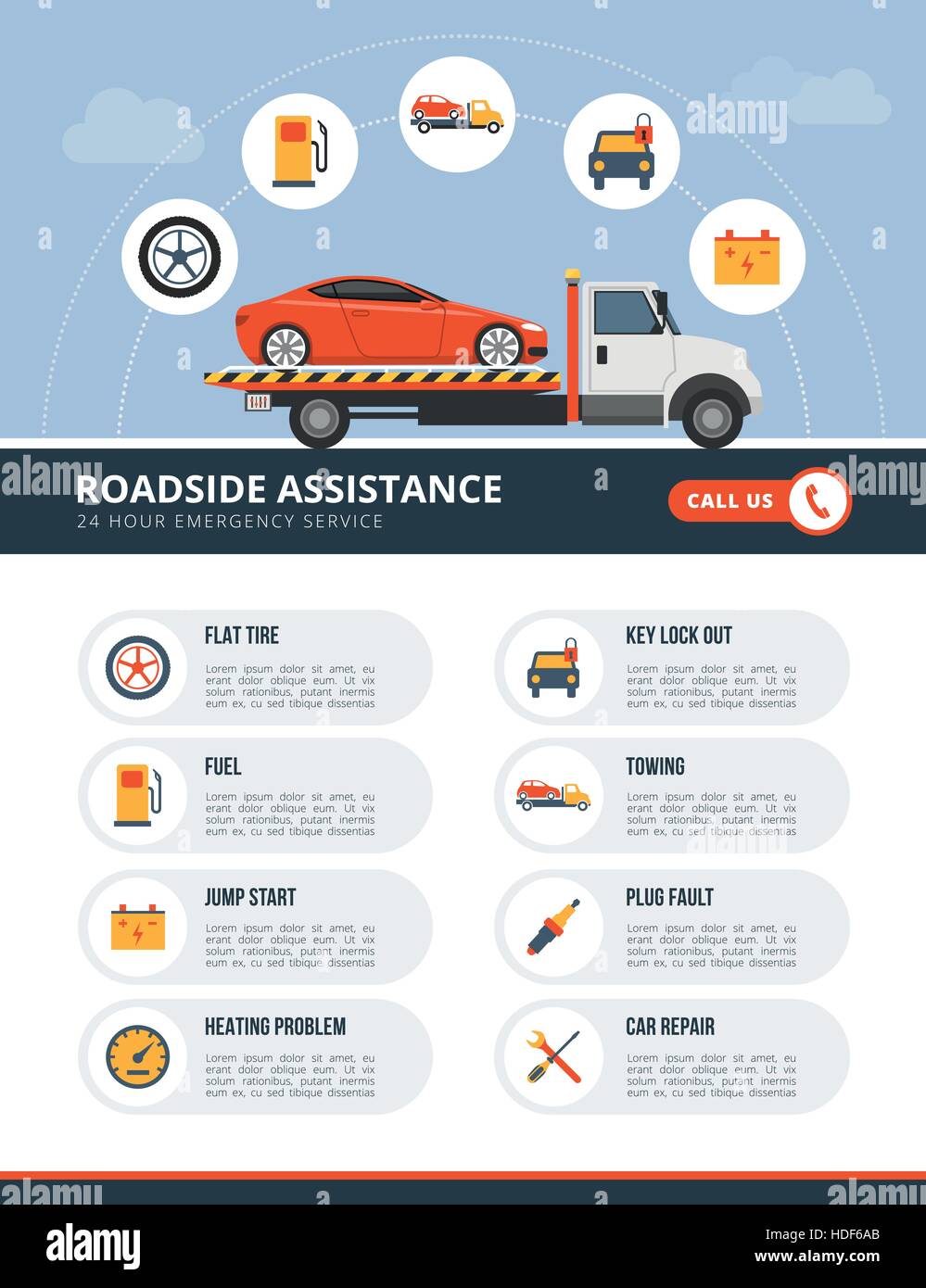Decoding Your Vehicle'S Caution Indicators: What They Absolutely Indicate
Decoding Your Vehicle'S Caution Indicators: What They Absolutely Indicate
Blog Article
Written By- https://wgntv.com/news/wgn-investigates/supply-chain-issues-delaying-car-repairs-leaving-illinois-drivers-stranded/
When you lag the wheel, those beautiful caution lights on your control panel can be a bit complicated. Do you know what they're attempting to inform you regarding your automobile's health? Recognizing the value of these lights is vital for your safety and the durability of your vehicle. So, the following time one of those lights pops up, would not you wish to decipher its message precisely and take the needed steps to resolve it?
Common Warning Lighting and Interpretations
Identify typical warning lights in your cars and truck and comprehend their definitions to guarantee secure driving.
The most typical warning lights consist of the check engine light, which indicates issues with the engine or discharges system. If Keep Reading begins, it's important to have your car checked without delay.
The oil pressure alerting light suggests reduced oil pressure, requiring prompt focus to avoid engine damage.
A blinking battery light may suggest a malfunctioning charging system, possibly leaving you stranded if not addressed.
The tire stress tracking system (TPMS) light signals you to reduced tire pressure, influencing vehicle stability and fuel performance. Overlooking this could cause harmful driving problems.
The ABS light indicates a trouble with the anti-lock stopping system, endangering your ability to stop rapidly in emergency situations.
Last but not least, the coolant temperature level advising light warns of engine overheating, which can result in serious damages if not resolved promptly.
Comprehending these typical warning lights will help you address problems quickly and keep risk-free driving problems.
Significance of Prompt Attention
Understanding the common caution lights in your auto is only the very first step; the significance of promptly attending to these warnings can't be stressed sufficient to ensure your safety when traveling.
When a warning light illuminates on your control panel, it's your auto's means of interacting a prospective problem that needs focus. Neglecting these cautions can result in extra severe issues later on, jeopardizing your safety and security and possibly costing you much more out of commission.
Trigger interest to alerting lights can avoid failures and accidents. For instance, a blinking check engine light could suggest a misfire that, if left neglected, can create damages to the catalytic converter. Resolving this without delay can conserve you from an expensive repair.
In a similar way, a brake system warning light could signal reduced brake fluid or worn brake pads, critical elements for your safety when driving.
Do It Yourself Troubleshooting Tips
If you observe a warning light on your dashboard, there are a few do it yourself fixing tips you can attempt before seeking specialist aid.
The initial step is to consult your cars and truck's handbook to recognize what the specific caution light shows. Sometimes the concern can be as basic as a loosened gas cap triggering the check engine light. Tightening up the gas cap may solve the issue.
One more common problem is a low battery, which can trigger numerous advising lights. Checking the battery links for corrosion and ensuring they're secure could take care of the trouble.
If a caution light lingers, you can attempt resetting it by disconnecting the auto's battery for a couple of mins and after that reconnecting it. Additionally, checking your automobile's liquid levels, such as oil, coolant, and brake fluid, can assist repair alerting lights associated with these systems.
Final thought
To conclude, understanding your auto's caution lights is essential for keeping your car running efficiently and safely. By without delay resolving these notifies and knowing what they imply, you can prevent pricey repair services and prospective failures.
Remember to consult your cars and truck's guidebook for specific information on each warning light and take action accordingly to ensure a hassle-free driving experience.
Remain informed, stay safe on the road!
